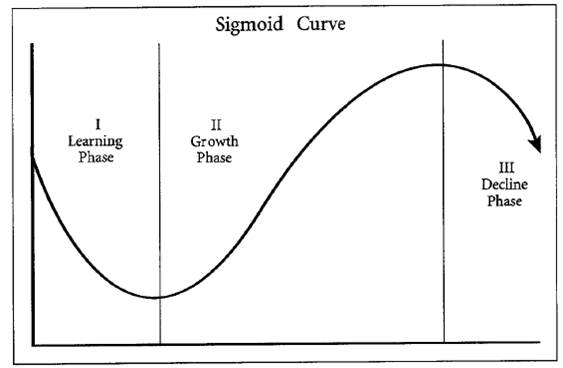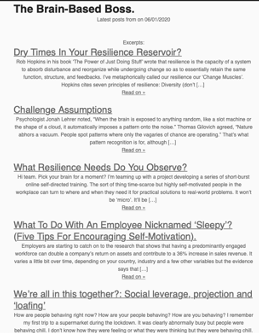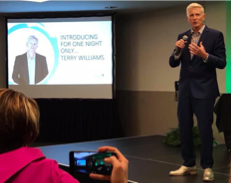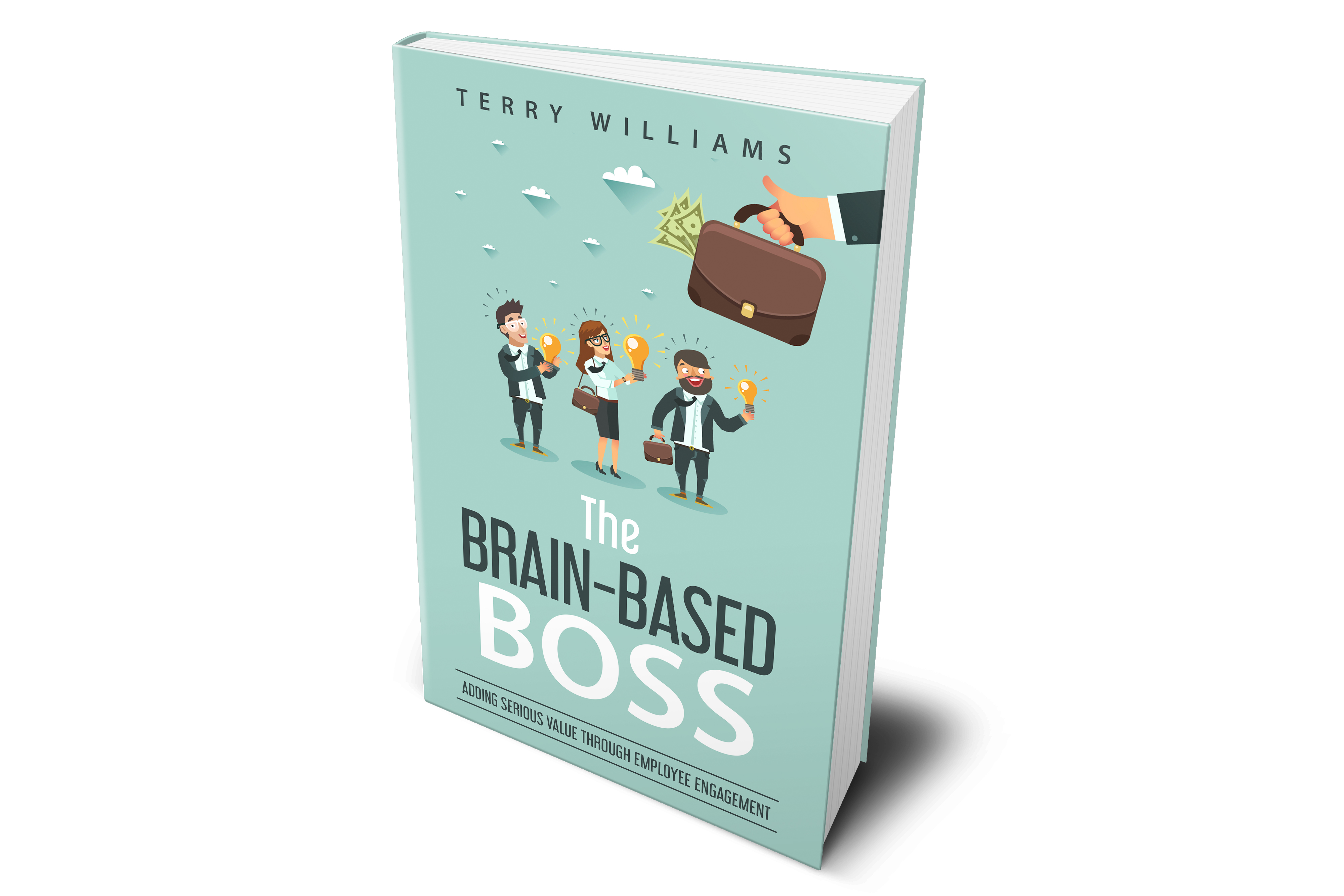Empty Nesting

Both my kids left home this past week. They’ve done it before. They may do it again. It’s not quite like a generation or two ago when leaving home was a definitive cut-off and a one-way trip. These days there’s the term ‘boomerang kids’ for those who keep coming back (no matter how far you throw them). And, apparently, in Italy they never leave.
They first left home a year ago to go to university in a different city but they were staying in halls of residence and they were together – regularly checking in with us, and back each term break. Given how much time they used to spend out or in their rooms, it really didn’t seem that different. This time round it seems more real. They’re flatting separately and we’re now also missing things from our house as well as them. Still, how many frying pans does one really need?
Also- that’s two drivers off Auckland’s roads lessening our household’s contribution to the congestion by 50%. I challenge all other Auckland households to do the same. Hey, Auckland Transport, I’ll expect some congestion charge discount in your planning thanks.
In my new presentation about change and how to build resilience in anticipation of inevitable if unpredictable change, I briefly reference the Sigmoid Curve. It’s an oldie but a goodie as a mental model for understanding natural processes and lifecycles. Originally noticed in the world of nature, it’s subsequently been applied to lifecycles of products, organisations, societies and relationships. Picture a seed and its growth as a graph. Initially growth is negative as it gears up and stores resources for the big sprouting then it shoots and grows up to a peak then declines then [spoiler alert] some terminal point.

The trick, experts say, is to pick a point before the decline and either start another curve or reinvent the current one so that it is, in effect, a new one. Timing is important as you need the resources to begin again and no one is giving resources to a declining curve.
I want to make the analogy to work teams, using both the kids leaving home and the Sigmoid Curve.
As fast as two decades of parenting has zipped by, the change in our home ‘team’ was inevitable, even if the specific circumstances and timing were unpredictable. This is true in work teams and at a much faster rate. I led one group for over a decade and one of the things of which I’m most proud was that at the time of the initial recruitment and building of my team, I was also developing plans and processes for the inevitable reinvention of that team. It did take longer and I didn’t HAVE to do it, but within only a few months my righthand person had to quit and go overseas due to a family health crisis. I was ready and whilst surprised and supportive, I wasn’t shocked – family health crises happen. Not only was I able to instantly implement plans to temporarily and permanently replace that person, I was able to have that person involved in the process, thus helping me out and giving them a lessened sense of guilt and a heightened sense of closure.
One of the most dangerous phrases in business and life is, “If it aint broke, don’t fix it”. That’s super naive and dangerously unrealistic. I”m not saying deliberately break things (although I”m not saying not to do that) but we all have a spare tyre in our cars because a flat tyre is inevitable. We try to save a bit of money and have a few spare frying pans and advice for when our kids leave home. So, regardless or perhaps because of, how optimal you think the team you’re leading right now is doing, start prepping for the inevitability of change and someone – a key person – leaving the nest.
——
Check out my new motivational presentation at http://www.2dangerousthingsayear.com
More ideas at http://gettingbetterbuyin.com/
Posted on April 17, 2018, in Employee Engagement, Leadership and tagged Change, Leadership, team building, teambuilding. Bookmark the permalink. Leave a comment.









Leave a comment
Comments 0